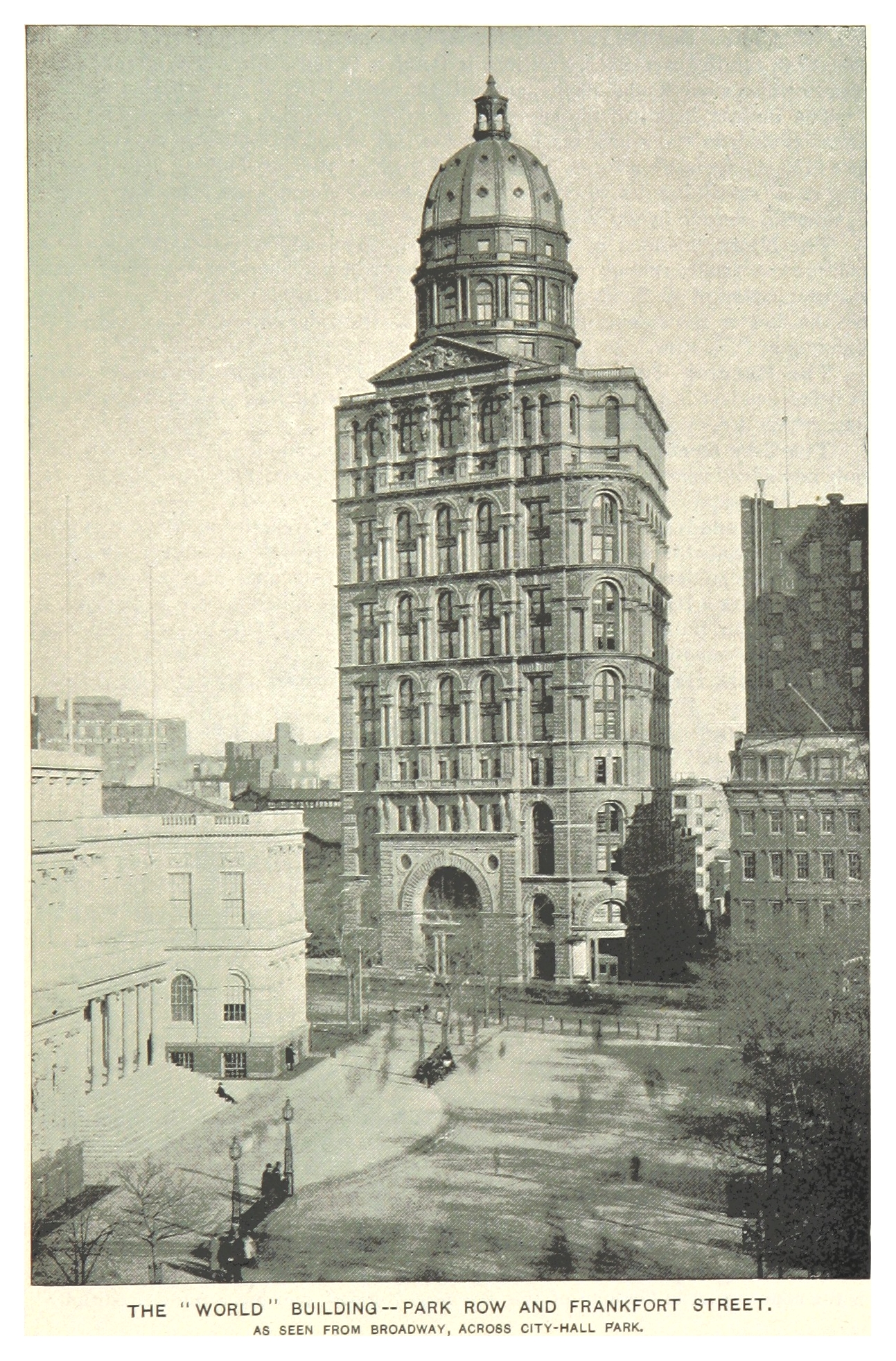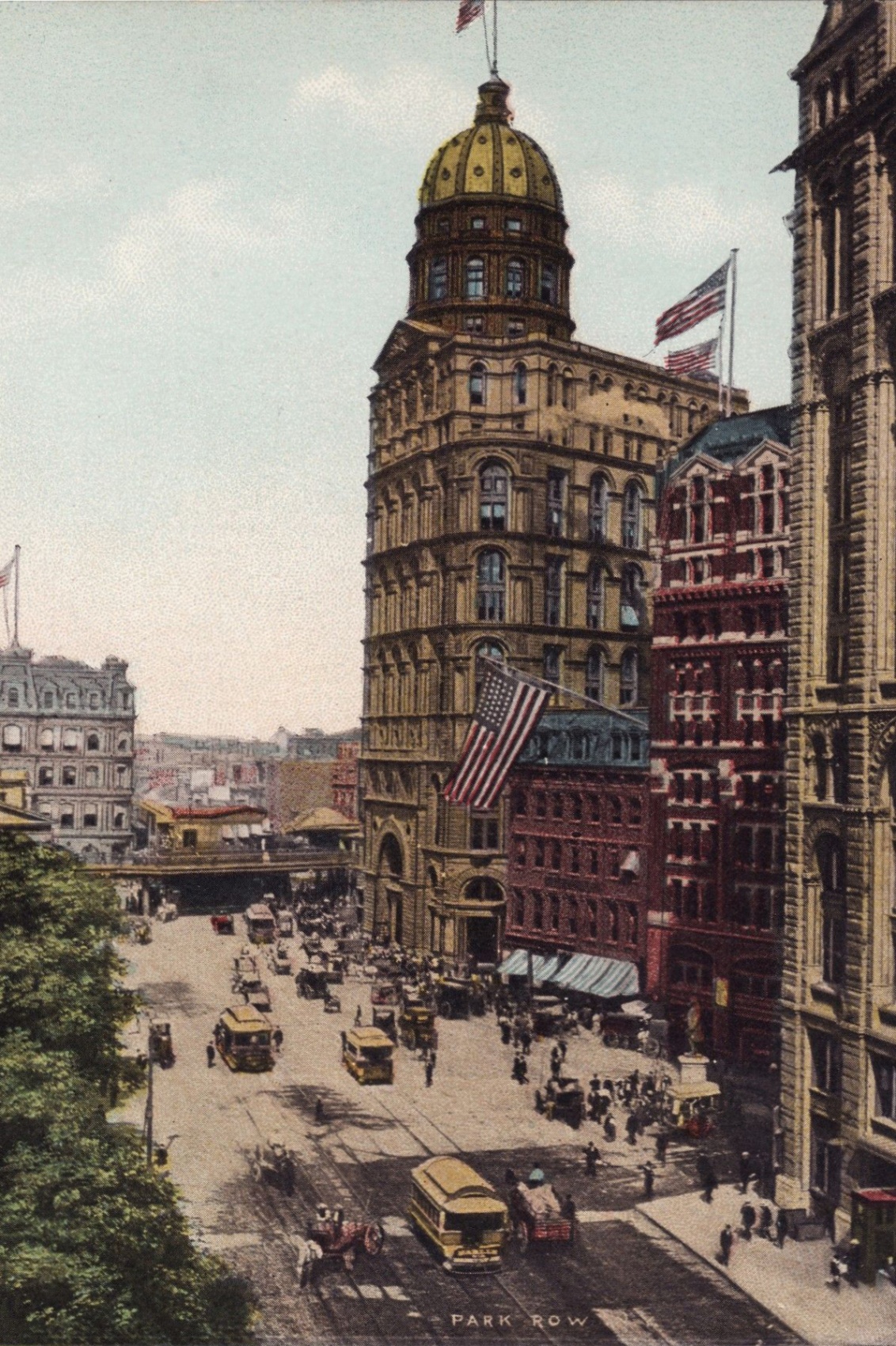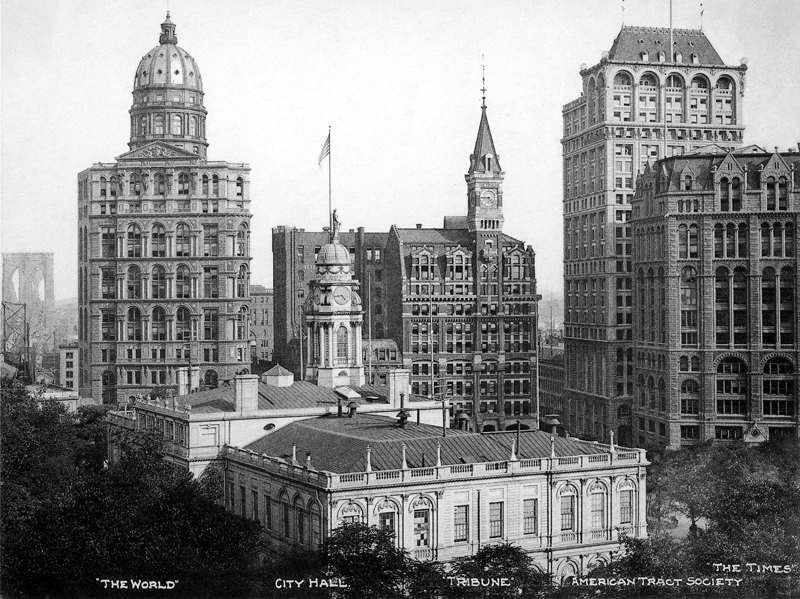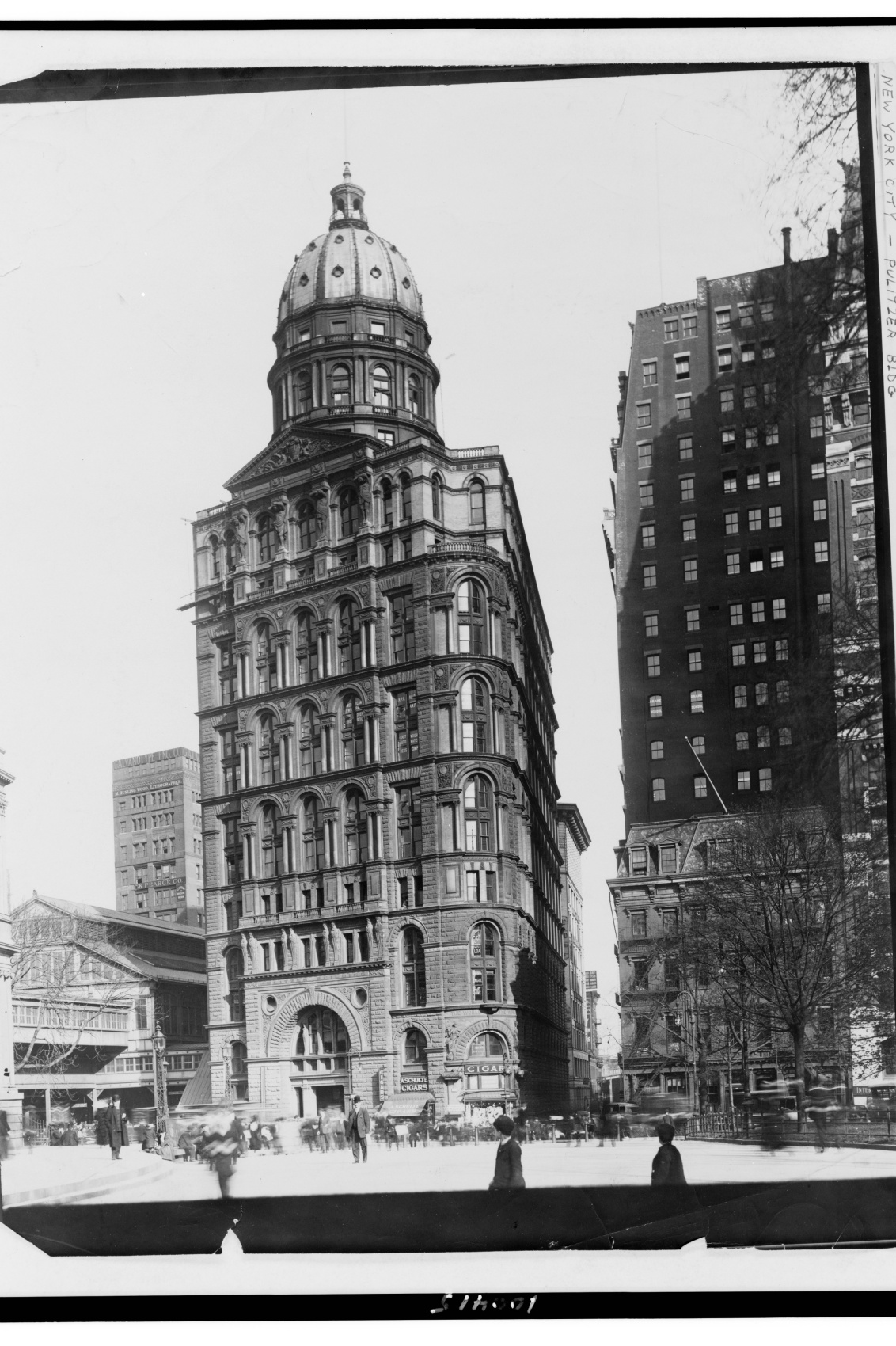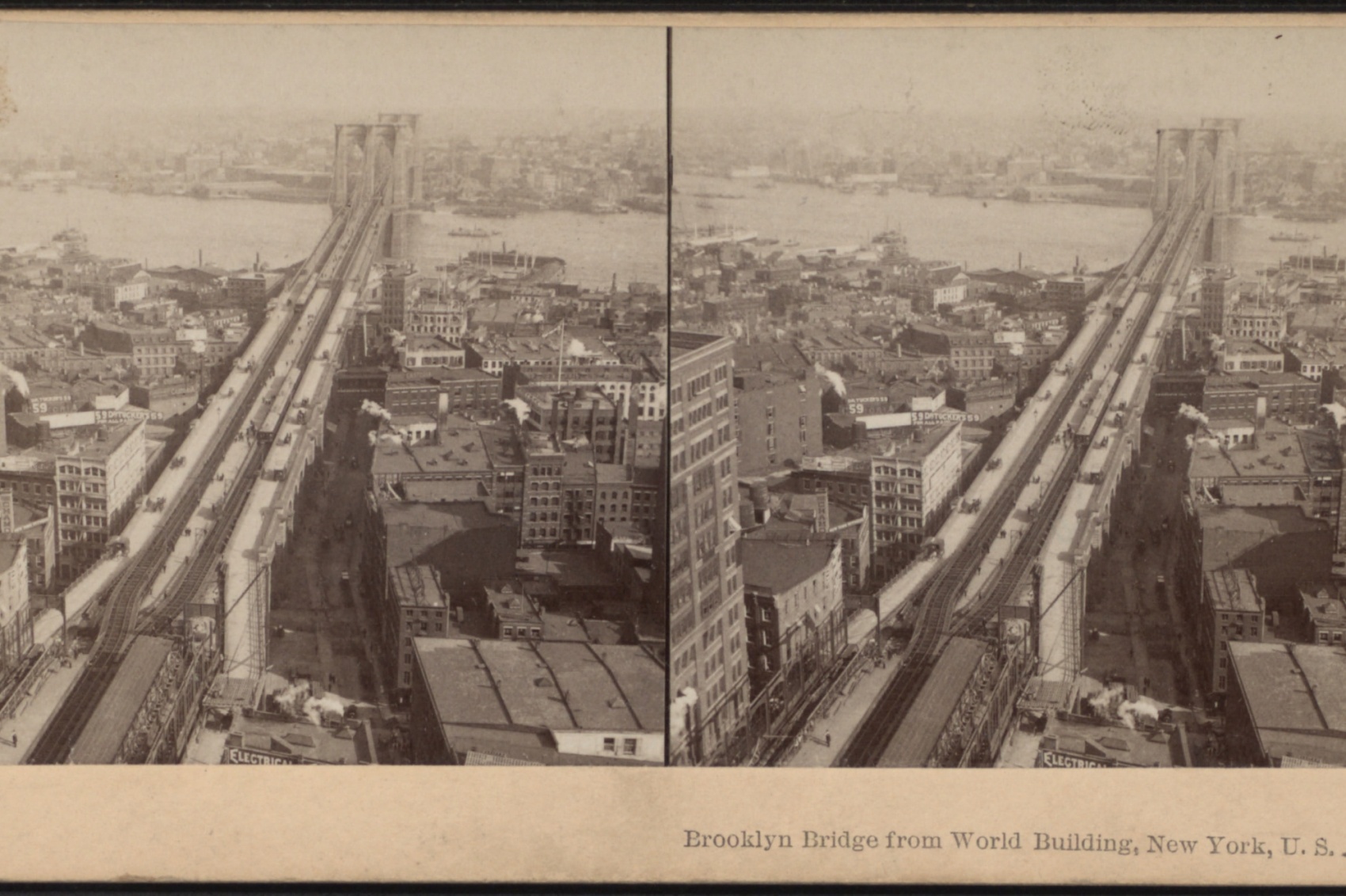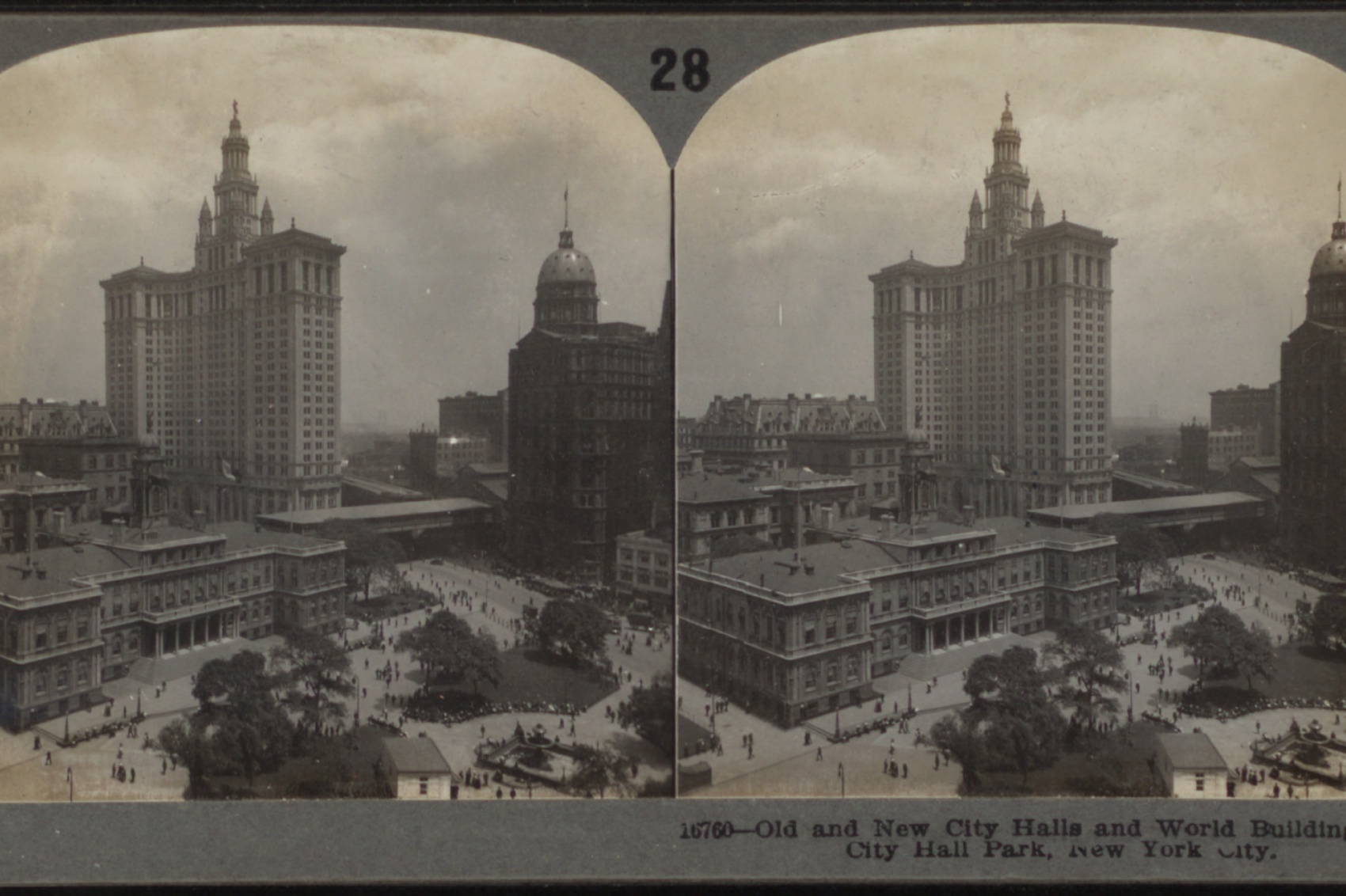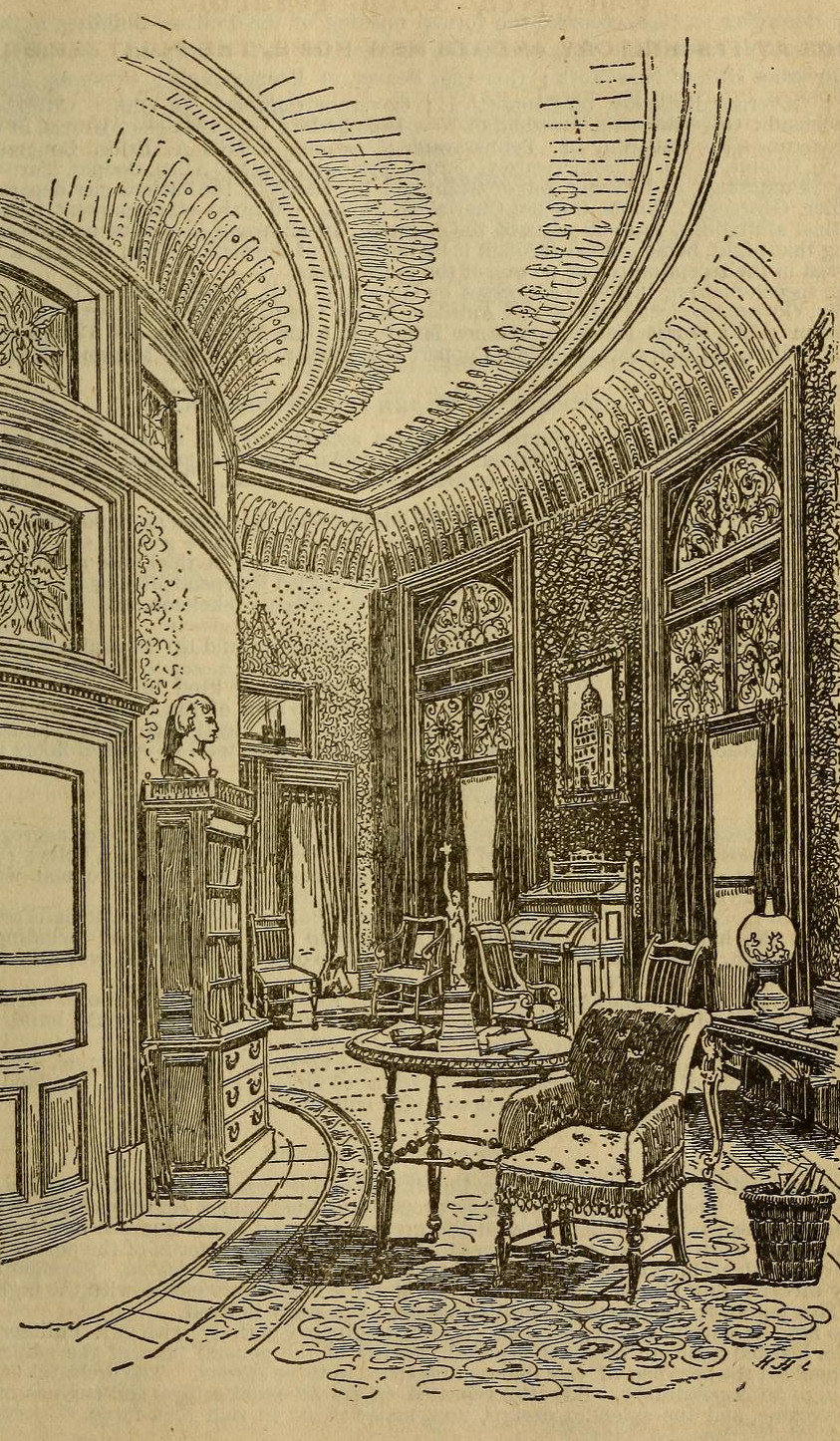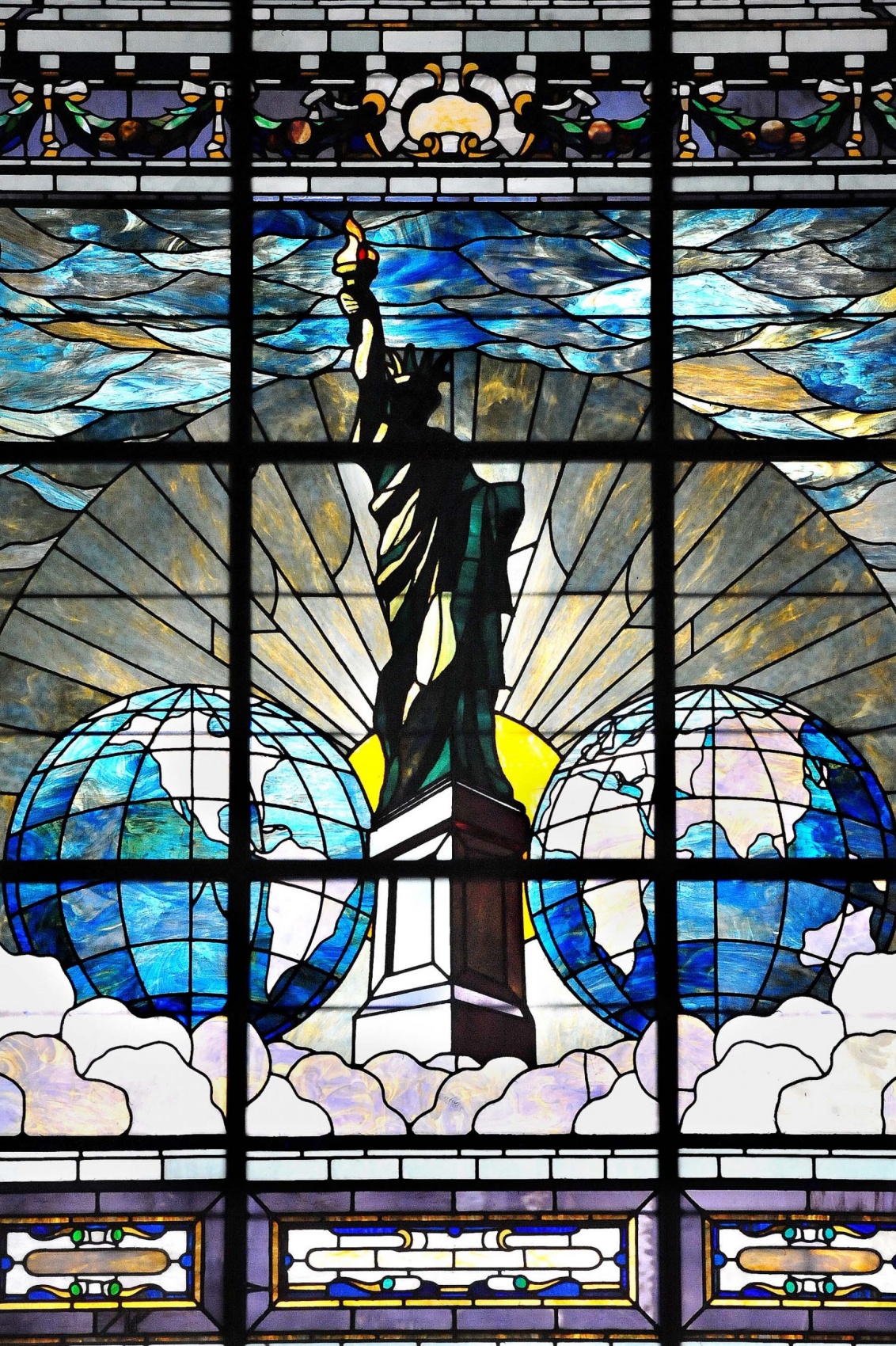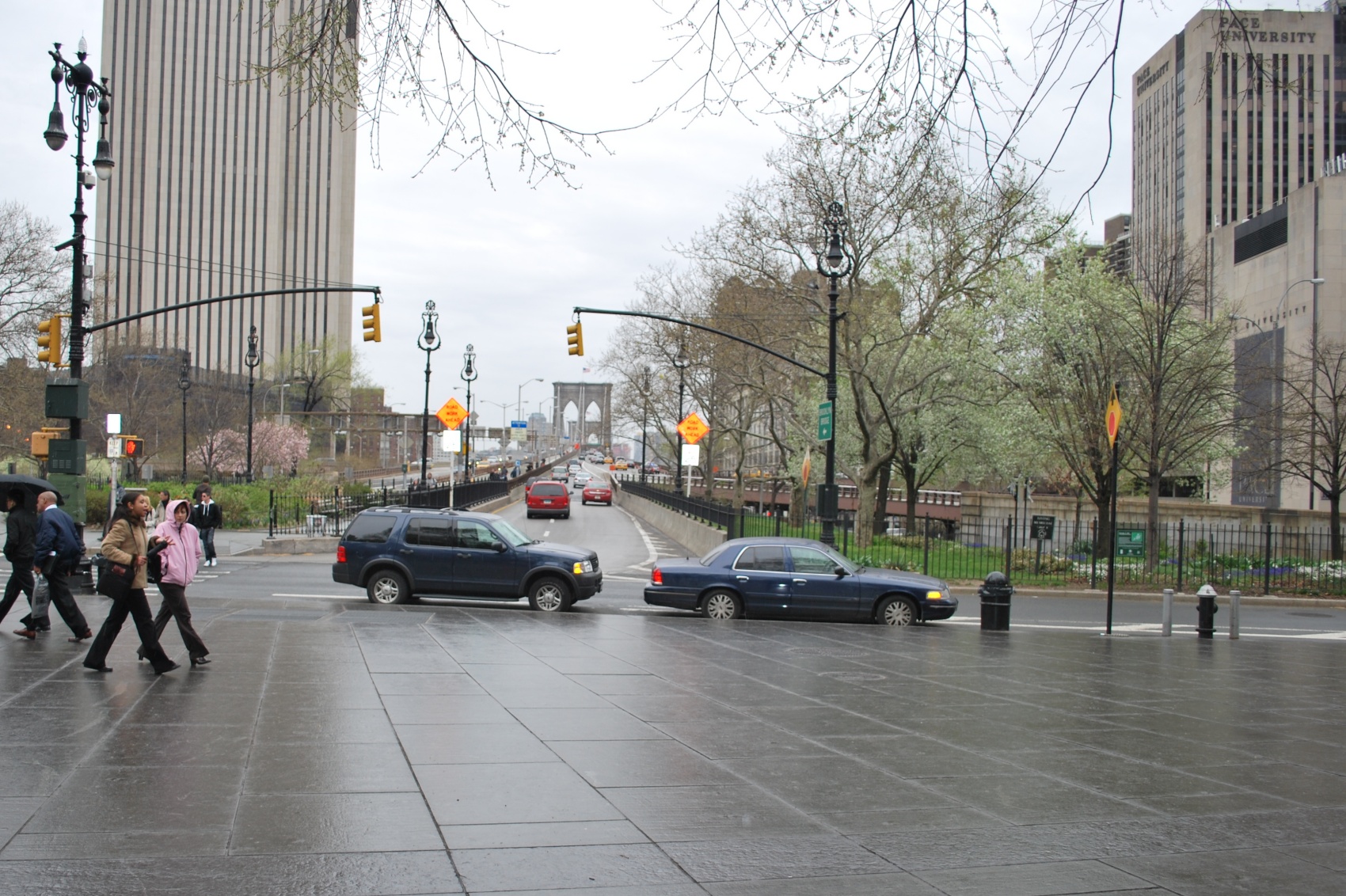One of New York’s first great skyscrapers belonged to Joseph Pulitzer – a pioneer of modern journalism. The building housed the editorial office of the New York World newspaper, which Pulitzer turned into a sensational tabloid. The skyscraper was the first in the city to top Trinity Church with its height. Unfortunately, the ornate office building was demolished in the mid-20th century.
The first colossus
The New York World building sometimes referred to as The Pulitzer Building was designed by George B. Posta in the late 1880s. The skyscraper on Park Row stood opposite City Hall, in lower Manhattan. Behind the building stretched the famous Brooklyn Bridge. During this time, numerous lavishly decorated office buildings began to be built in the city. However, the New York World Building was the tallest of these and reached a height of 110 metres including the mast.
For the time, the building was enormous. In addition, some were overwhelmed by the ornamentation and monumentality of the skyscraper. The entrance was decorated with a large triple portal with numerous ornaments. The façade was made of sandstone, bricks and granite, and tall windows were incorporated into the massing. The Renaissance in the skyscraper was mainly manifested in the details and the gigantic dome on top. The protruding part of the façade was somewhat unusually integrated into the brick and sandstone rest. The wall was decorated with columns, carvings, arches and a pediment, native to a palace, was placed on top.
The structure was set on a steel skeleton. In addition, the skeleton of the dome was supported by separate steel columns. The building was large, so the editorial office only used the lower floors, the basement and the dome. The middle section was used for flats.
Palace interiors
The basement housed the press machinery and technical rooms. It is worth noting that the technical chambers of the tower’s eighteen lifts were also located downstairs. The ground floor housed offices, shops and an inner rotunda that served as a lobby. The walls of the ground floor were decorated in white and pink marble. The editorial staff also had use of the floors from ten upwards. The upper floors housed the editorial offices of the various sections of the newspaper. The penthouse at the base of the dome was used for photographers and the editorial restaurant.
Finally, the dome was dedicated to the editors and Pulitzer himself. The steel dome, five storeys high, was also a storage area for editorial documents and archives. The walls of Pulitzer’s office were upholstered in leather and frescoes were painted on the ceiling. The ceilings of this part of the dome were as high as 6.2 metres.
In 1908, a 13-storey annex was added to the building. The lower rotunda was widened and a stained-glass window depicting the Statue of Liberty between two globes became the new symbol of the building. The reference to the famous statue was a reminder of how the newspaper’s editors promoted the collection for the Statue of Liberty’s plinth.
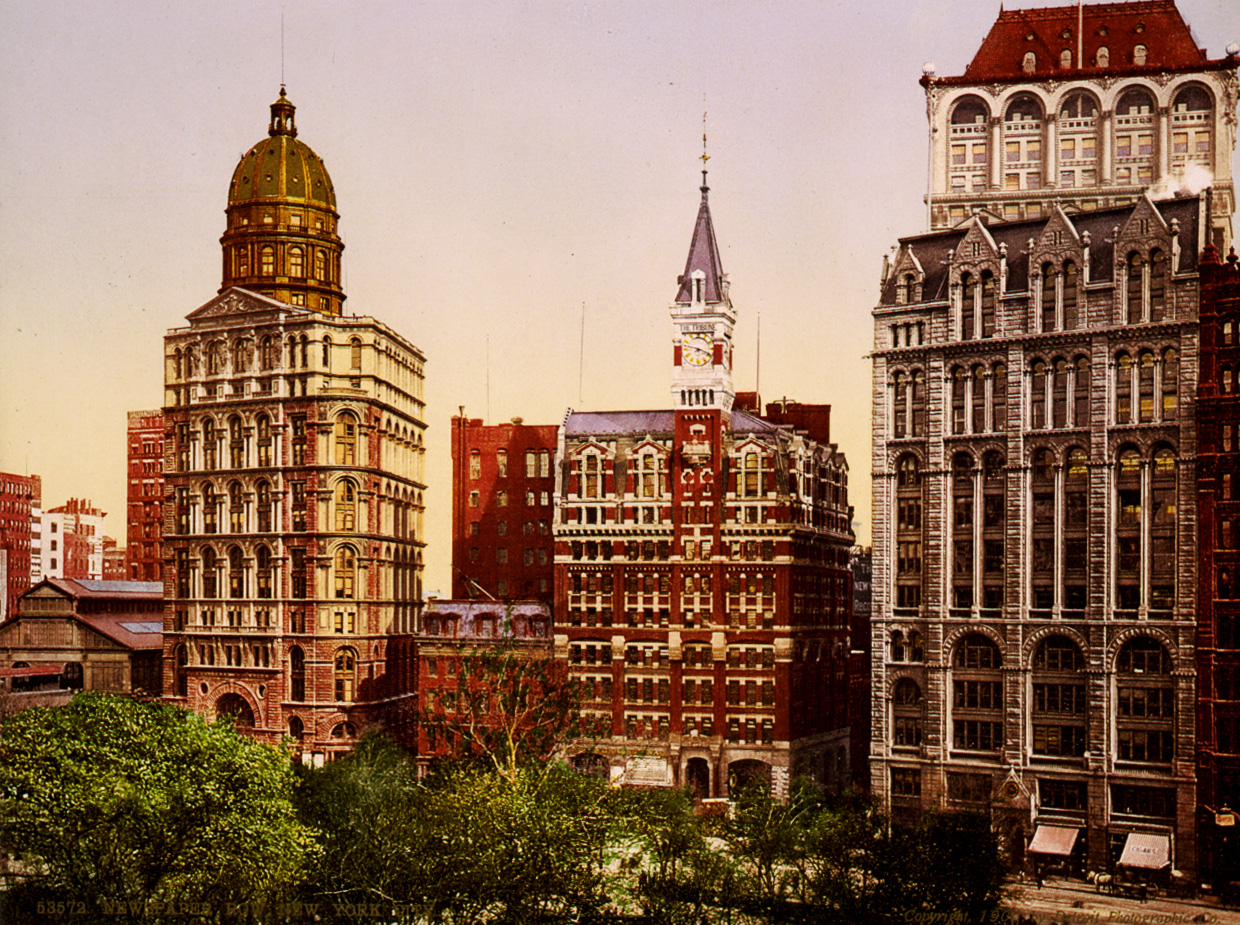
What to do with a giant here?
Following changes in the editorial board, a series of sensational events are taking place in the building. The most interesting of these concerns the racist Ku Klux Klan organisation. After the Ku Klux Klan was discredited in a 1921 editorial, Klan members threatened to blow up the building. As you can guess, the attack did not happen. In the 1940s, the building changed hands and the former editorial interiors changed use. Various organisations took over the New York World offices. Before demolition, the premises also housed the city council. In the 1950s, City Hall was being renovated and the councillors had to find some use for the colossal skyscraper.
The city planned to widen the Brooklyn Bridge to include another vehicular entrance. However, the Pulitzer skyscraper and several other early office buildings stood in the way. Nevertheless, in the mid-1950s, the last resident of the skyscraper moved out of the building. In 1956, the New York World skyscraper was demolished. A year later, roadworks began.
‘Yellow’ empire
The name Pulitzer is associated by most with the prestigious award given for special achievements in the fields of journalism, fiction and music. However, few know that Joseph Pulitzer gained his fame through the ‘yellow journalism’ of the New York World editorial board. The newspaper gained incredible popularity for its sensational and morally questionable treatments. Death, sex, crime, and scandals were written about. The numbers were full of colourful pictures. In turn, short flashy titles caught the attention of many straight people. Nevertheless, the modern journalism of ,,to the simple man” also had its good points. The newspaper did well in showing the abuses and corruption of the US government.
Pulitzer had numerous ‘wars’ with its competitors in the tabloid market. The newspapers of another New York press tycoon Randolph Hearst were characterised by a similar level of journalism and politicking. The constant and brutal battle against anyone who threatened Pulitzer’s press empire strained the journalist’s health.
Cobblestone to cobblestone
In 1907. Joseph Pulitzer left the editorship of his own newspaper. Joseph’s position was taken by his son. Long treatment for depression and blindness was unsuccessful, and further overwork put Pulitzer in a critical condition. The newspaper magnate died in hospital in 1911 and his business was taken over by his family. However, the popularity of the New York World began to decline. In addition, numerous lawsuits and scandals led to the paper’s demise in 1931.
The story of Joseph Pulitzer’s newspaper empire is reflected in the history of his skyscraper. The ornate, flamboyant walls gained their enemies and lovers. Ultimately, the building did not stand the test of time and had already ceased to serve its purpose long before its demolition. Likewise, the editorial board of the New York World, despite the sensationalism and publicity, went out of business 20 years after Pulitzer’s death.
Source: skyscraper.org
Also read: Architecture | Skyscraper | History | New York | United States | Interesting facts | whiteMAD on Instagram

